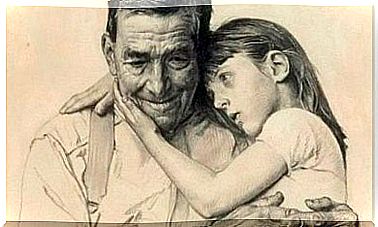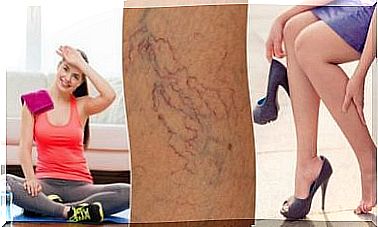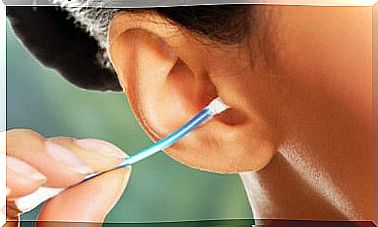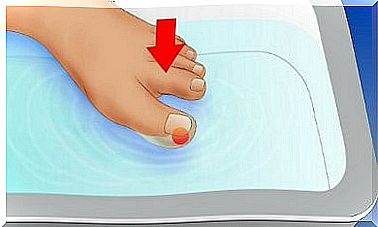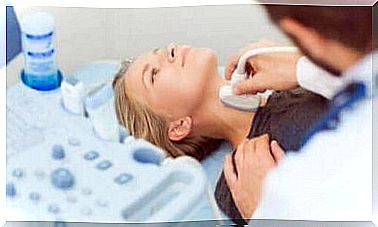Scoliosis: A Common Problem

Scoliosis is a condition in which your spine has an abnormal curvature.
It is plausible to say that the word immediately reminds you of children. This is a congenital problem that many young people in the world live with. And in most cases it can be corrected with the use of classic orthopedic devices.
A large number of people in society have some form of scoliosis. This is a result of a slow osteoporosis process.
Women who have reached menopause are those who experience torsions and rotations in the curve of their spine. This happens to the point where X-rays can show these very characteristic curves. These deviations can appear in the form of either a ‘C’ or an ‘S’.
It can be said that this deformation is also painful and affects your posture. In some cases it can be serious. It can lead to a curvature where the person sees the spine slump, or where the pelvis sags to one side.
Scoliosis affects women more often

Congenital scoliosis also affects a slightly greater number of women than men.
For adults, women have a greater chance of bone and joint problems.
It is a condition that can show up when menopause begins.
Thanks to a new study conducted by John Hopkins Hospital and published in the American Journal of Neuroradiology , they have confirmed these findings.
However, they have discovered more interesting information.
One of these is the fact that a large group of scoliosis cases are mild. Only 17% of the cases were moderate or severe.
What causes scoliosis?
In adults, this condition is given the name degenerative scoliosis. With this name, a number of clues are given about the origin and cause of the abnormal curvature in the spine.
- In general, scoliosis develops after the age of 65.
- In women, symptoms are sometimes already present after the 40th or 50th year of life.
- This has to do with the effects of the transition, but also with the strength and resistance of the bones and joints.
- You need to remember that osteoarthritis or arthritis is localized in a special way in the smallest joints of the spine.
What are the symptoms of degenerative scoliosis?
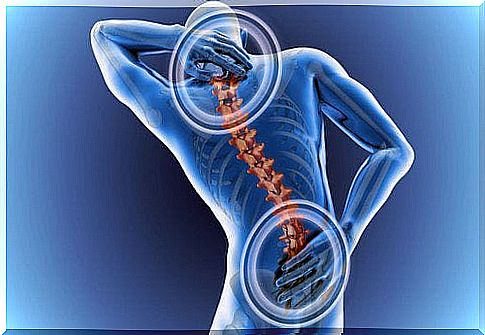
In the beginning you will hardly notice the symptoms. These are symptoms that you think are simple problems in the vertebrae.
However, little by little we feel a numbness and stinging in the middle of the lower back and sleeping hands or legs…
- It is a common complaint that you feel exhausted.
- Sometimes it’s hard to breathe.
- The pain is more intense in the morning and when you sit. In other words, rest makes symptoms worse.
- The symptoms we normally look for are more apparent when the person sees the deformity for themselves: their spine is out of place, one shoulder sticks up more than the other, a slight ‘hunchback’ back and the patient notices that he has a lost a few centimeters in height…
Differences Between Degenerative Scoliosis and Congenital Scoliosis
Adolescent scoliosis can appear between the ages of 10 and 18. This usually happens for no apparent reason. As we said at the beginning, in most cases it is congenital.
But we do know the cause of degenerative scoliosis. And more importantly, spinal misalignment tends to increase by at least 1 or 2 degrees per year.
Treatment for Scoliosis in Adults
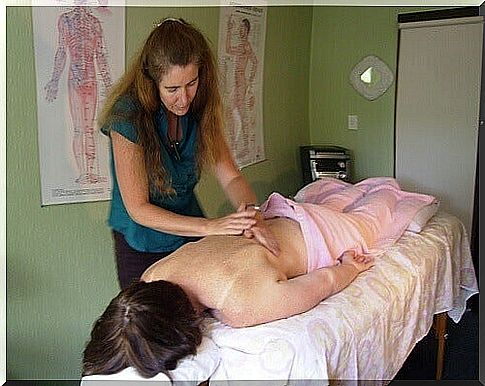
Surgical treatments are not always possible or recommended. From there, the patient should focus on the problem from a multidimensional point of view. They do this with the help of the right professionals.
To do this, you must use the following options:
- Pharmacologically: There are many drugs available that can relieve the pain. These include the classic pills like ibuprofen and acetaminophen. In addition, these reduce the level of inflammation in the joints. Epidural injections are an option, for example, if pills are not effective (anymore).
- Physical therapies for scoliosis in adults. In this case, we have help from good physical therapy for water therapies, or alternative medicine such as a chiropractor, or a Cesar exercise therapist, who can treat multiple neuromusculoskeletal problems with the help of exercises.
It is therefore best to combine several treatments with each other. To improve the quality of life when you suffer from scoliosis, you can take advantage of everything the medical experts tell you.
In this way you can make use of new treatments and strategies that improve your quality of life as much as possible.

